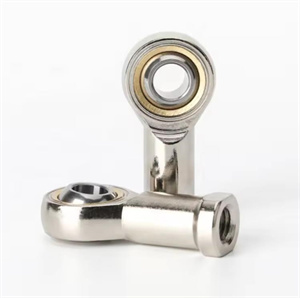Common Materials For Ball Joints CNC Machining
We have been focusing on the ball joints field for over 20 years and have rich production and processing experience. The metal materials commonly used in ball joints are mainly selected based on factors such as required mechanical properties, corrosion resistance, and cost. The following is a clear summary and punctuation of these commonly used metal materials:
Carbon steel:
Characteristics: Carbon steel has high strength and hardness, as well as good machinability.
Application: Carbon steel is widely used in various ball joints due to its excellent mechanical properties, especially in situations where it needs to withstand certain loads and wear.
Example: According to the different carbon content, carbon steel can be divided into low carbon steel, medium carbon steel, and high carbon steel, etc. The specific selection depends on the usage environment and performance requirements of Ball Joints.
Stainless steel:
Characteristics: Stainless steel has good corrosion resistance and wear resistance, and can maintain good performance in various corrosive environments.
Application: Stainless steel Ball Joints are commonly used in applications that require resistance to chemical corrosion, such as chemical equipment, food processing equipment, and other fields.
Example: Common stainless steel materials include 304 stainless steel and 316 stainless steel, among which 316 stainless steel performs better in corrosive environments such as seawater.
Aluminum alloy:
Characteristics: Aluminum alloy has the characteristics of low density and light weight, as well as good mechanical properties and corrosion resistance.
Application: Aluminum alloy Ball Joints are commonly used in aerospace, automotive and other fields to reduce overall weight and improve transmission efficiency.
Example: Aluminum 6061 and aluminum 7075 are commonly used aluminum alloy materials with good strength and processing performance.
When selecting metal materials for Ball Joints, in addition to considering the above characteristics, it is also necessary to comprehensively consider specific application scenarios and requirements. For example, in situations where it is necessary to withstand large loads and wear, carbon steel with higher strength and hardness can be chosen; In situations where chemical corrosion resistance is required, materials such as stainless steel or aluminum alloy can be chosen.
